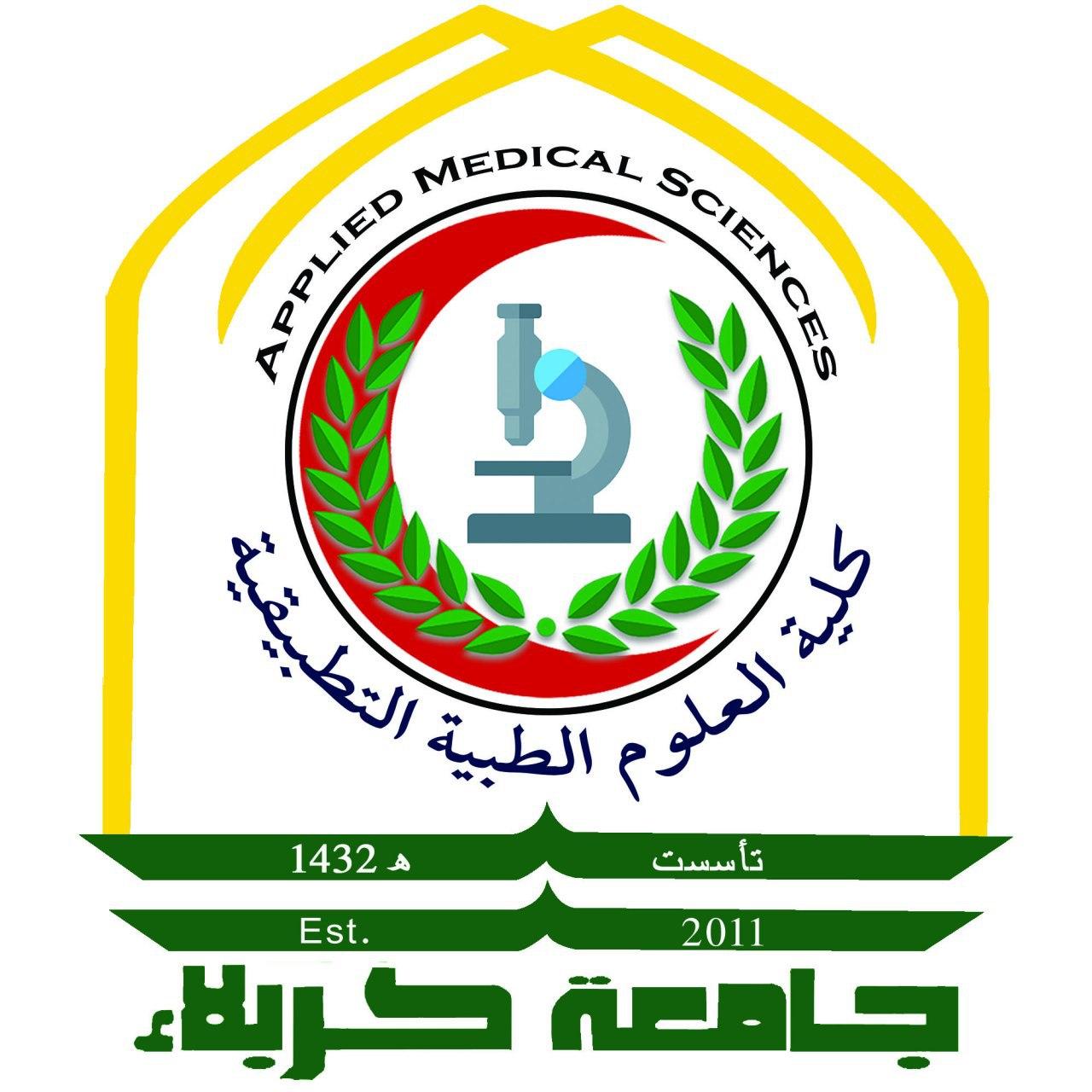Blog
Preparation ,Characterization and Study of Complexes Containing Beta-lactam Group with Some Transitional Elements and their Biological Activity
Abstract
The reaction of 6-amino pencillanic acid with Schiff base “(Z)-3-((3-hydroxybenzylidene) amino) phenol)” has formed a
novel Azo–azomethine ligand (HL) “(7-((Z)-(2-hydroxy-4-((Z)-((3-hydroxyphenyl) imino) methyl) phenyl) diazenyl)-3, 3-
dimethyl-6-oxo-2-thiabicyclo [3.2.0] heptane-4-carboxylic acid”. The ligand (HL) is characterized by 1H-NMR, 13 C-NMR,
Mass Spectrometry, CHNs, Uv-Visible, and FT-IR. This new Ligand (HL) is used to prepare numerous complexes using
transition metal ions Fe (II) Cu (II), and Ni (II). These complexes’ properties are studied using different techniques such as
Mass Spectroscopy, Atomic Absorption, FT-IR, UV-Visible, Magnetic Moment, and Molars Conductivity. All these
techniques indicate 1:2 (M: L) stoichiometry’s synthesized complexes. Azo-azomethine ligand (HL) acts as a tridentate ligand
to form the octahedral shape complexes with sp3d2, d2sp3 hybridization. These new ligands and complexes are studied for their
biological activity. The results show that the minimum inhibition concentration (MIC) of the prepared compounds has
inhibition activity against Staphylococcus aureus bacteria and obviously affects the ability of pathogenic bacteria (S. aureus)
to attain virulence factors such as Biofilm and hemolysin toxin
Keywords: β-Lactam; Schiff base; 6-Amino penicillanic; Antibacterial activity
Post Views: 342




























































